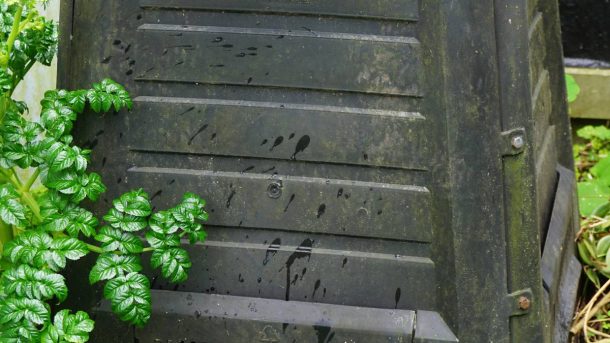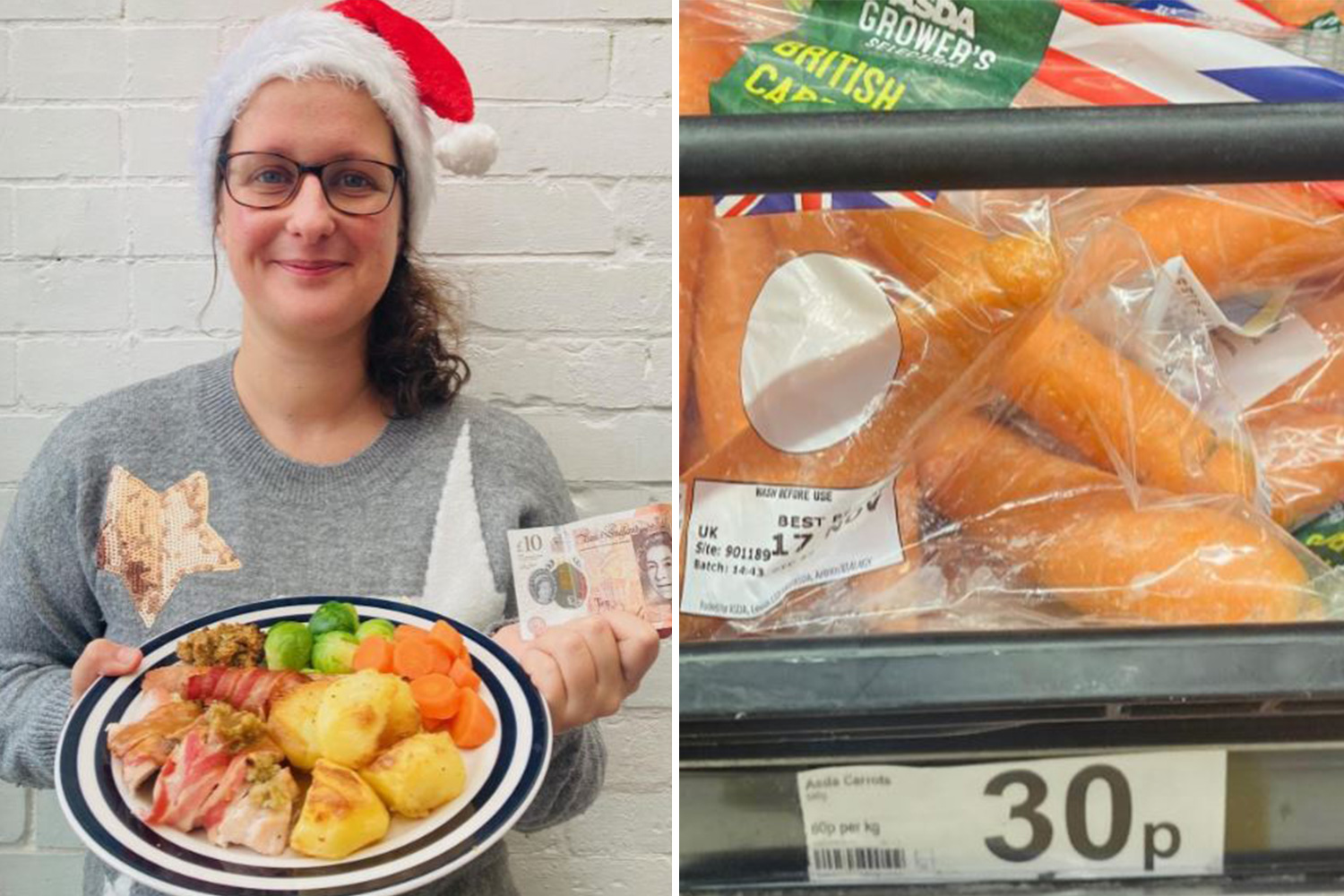A commercial compost bin, suitable for domestic situations.
The Whanganui District Council waste adviser has pointed out that food waste collection made up 8 per cent of landfill deposits in Whanganui.
This is a concern because the anaerobic decomposition contributes to greenhouse gases, and therefore climate change.
There are 1700 tonnes dumped in Whanganui this way, making a significant environmental impact. To reduce this source of pollution, WDC has committed to introducing kerbside recycling in Whanganui.
The food waste pick-up, coming in 2024, is expected to cost each household $42.64 per year ($0.82 a week). Although cheaper than originally forecast, this is still a considerable cost, which could be reduced if people managed their own organic waste through composting.
This also avoids the concern of some submitters to WDC – waste sitting in a container in hot weather gets smelly and attracts flies.
To compost kitchen scraps, a fully enclosed structure is needed, to avoid rodents. This includes worm farms (vermicomposting) and bokashi systems. You can purchase a compost bin from a hardware store or garden centre.
It can be an idea to sit it on fine chicken netting, which prevents rats from burrowing in, but allows for the movement of worms and other beneficial organisms.
The simplest method of composting is to tip kitchen scraps in and put the lid on. The lid keeps rainfall off, avoiding excessive moisture which leaches the nutrients out of compost, and makes it gluggy. It also hinders the action of worms and micro-organisms, which need oxygen to thrive.
Carbon-heavy material, such as shredded paper, should also be added regularly in shallow layers. Small twigs from prunings are also useful, as they keep the heap open and help to ensure that oxygen accesses the decomposing material.
One bin is usually sufficient for the average home, as kitchen scraps and similar material have limited bulk, and break down quickly in the composting environment.
The most effective compost heaps are composed of a balanced mixture of nitrogen and carbon-heavy materials.
Grass clippings, kitchen scraps, coffee grounds and fresh leafy materials (including weeds) are high in nitrogen, which is beneficial for the organisms that provide the decomposition process.
Paper, cardboard, straw, dry leaves, woodchips, and sawdust are carbon-heavy materials that balance the nitrogen-dominant types and prevent the compost from going mushy and smelly, and attracting flies.
Additional materials that activate the heap include wood ash (in moderation), seaweed, and biochar. Materials that should be avoided include large amounts of citrus peel, dairy products or bread.
If meat or other materials that could bring flies or create a smell are added, they should only be added to a fully enclosed bin, and be well mixed into the heap, with the addition of lime.
Water may need to be added to assist the decomposition organisms; but in moderation because the process itself produces water as a by-product. Some people add quite a lot of dry material to their compost, for example fallen leaves, and in this case, your compost will require more addition of water, so monitoring this would be useful.
Occasionally it pays to add a sprinkling of lime, and stir the compost up with a garden fork. This helps to mix up the materials and adds oxygen, speeding up the process of decay.
Phil Thomsen is a life-long gardener and conservationist.



